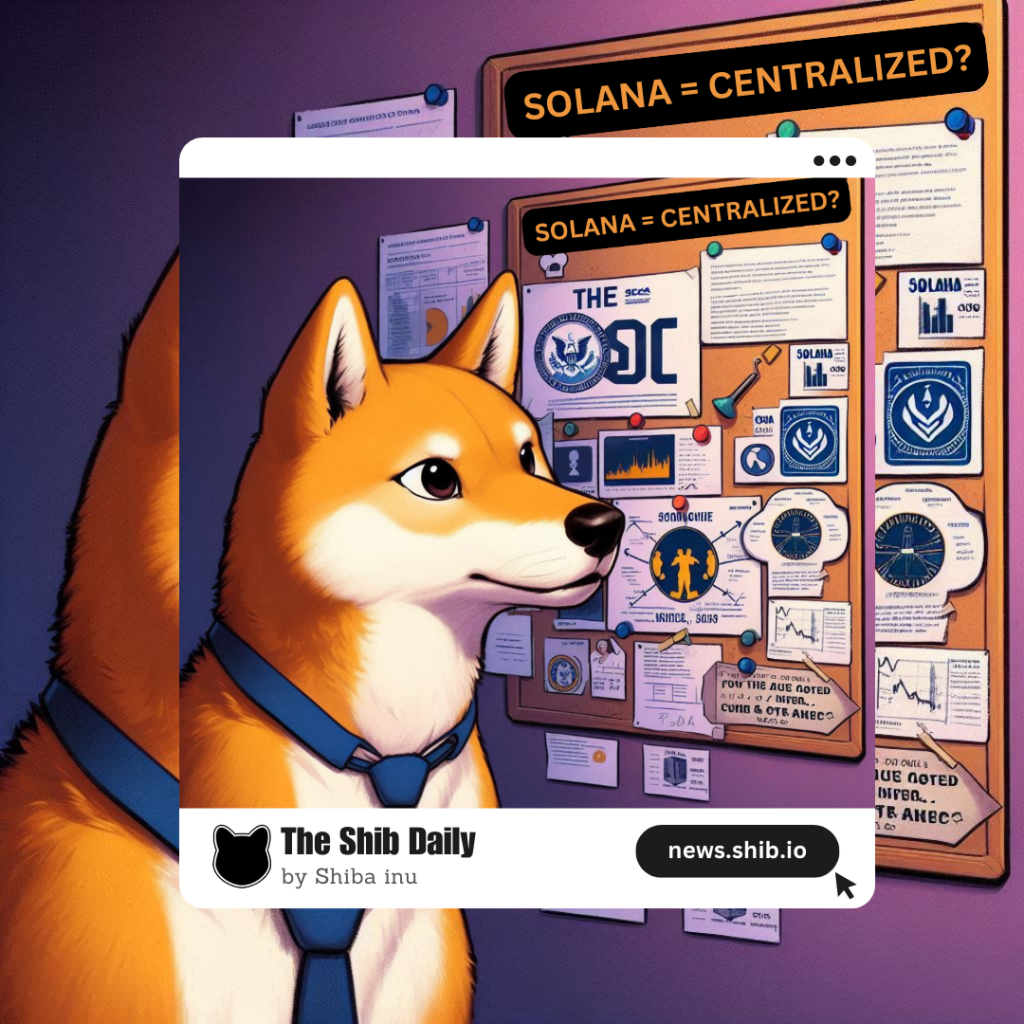Spain’s second-largest bank, BBVA, plans to launch its own stablecoin in 2025 in collaboration with Visa.
Wu Blockchain mentioned this move in an X post on Thursday. This comes as stablecoins, digital currencies pegged to the value of a traditional asset like the U.S. dollar or euro, continue to gain popularity among financial institutions, businesses, and consumers alike.
BBVA is currently participating in Visa’s new project. Its stablecoin initiative is in the sandbox phase, which allows for early-stage testing of the concept. The goal is to move into the prototype and operational phases by next year.
Stablecoin Dominance Spurs Regulatory Concerns Amid Shifts in Global Activity
Stablecoins remain the most widely used type of crypto asset. Chainalysis data reveals that stablecoins were used for more than half of all on-chain transaction volume involving centralized services between June 2022 and July 2023. Notably, stablecoins pegged to the U.S. dollar account for over 90% of stablecoin activity. This has drawn significant interest from U.S. regulators, as USD-denominated reserves are central to the stability of these assets.
Related: Hong Kong Proposes Rules Allowing Insurers to Invest in Crypto
Concerns over the potential misuse of crypto assets leads to increased regulatory focus. This misuse is particularly troubling in relation to criminal activities that threaten national security. For example, North Korea-linked hackers have used stolen crypto, including stablecoins, to fund the country’s nuclear program. If U.S. regulators can curb stablecoins’ role in such illicit activity, it could significantly reduce the overall rate of cryptocurrency-related crime, given the large share of crypto transactions that stablecoins represent.
Navigating Change: The Importance of U.S. Stablecoin Oversight in an Evolving Digital Economy
In addition to crime prevention, stablecoin regulation offers a strategic opportunity for the U.S. to shape the future of the digital economy, according to Chainalysis. By implementing effective oversight, regulators can help ensure that U.S.-based cryptocurrency businesses remain at the forefront of innovation, further reinforcing the global dominance of the U.S. dollar as digital currencies evolve. However, recent data indicates that an increasing share of stablecoin activity is flowing through entities outside of U.S. regulatory reach.
Related: US Lawmakers Propose Tax Breaks for Small Stablecoin Payments and Staking
Cases in which services where users transfer stablecoins reflect this shift. Since the spring of 2023, the majority of stablecoin inflows to the 50 largest cryptocurrency services have moved from U.S.-licensed platforms to non-U.S.-licensed ones, reversing a trend from late 2022 and early 2023. By June, 54.6% of stablecoin inflows to these top services were directed toward exchanges not licensed in the United States.
ShibaCon, a vision of Shiba Inu creator Ryoshi, is set to make history in Thailand. Join the movement and be part of this landmark event in November! Tickets are available now at shibacon.shib.io.












